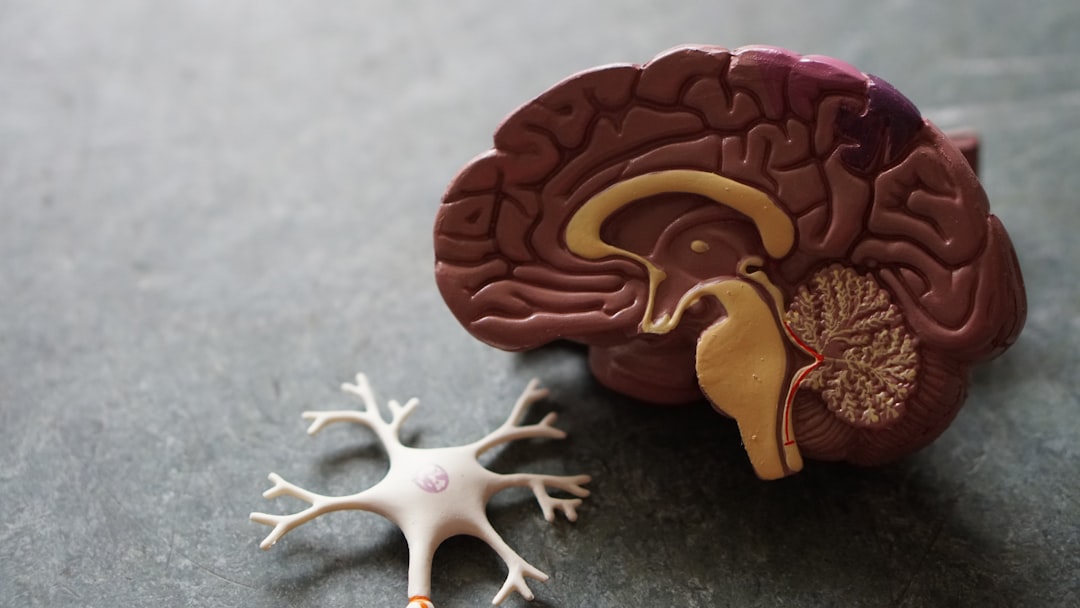What is it about?
Current semiconductors used in LEDs rely on a particular chemistry to emit light. They are limited to strong emission of reds and blues and including greens and yellows requires more electricity and a series of light filtering layers. By replacing some of the atoms in these materials to include slightly more types of atoms, these materials can be tuned to emit specific colors without the use of filters and thus requiring less energy. These new materials are not as thoroughly understood as commercial semiconductors today. This paper demonstrates the relationships among the organization of atoms in a lattice with the properties targeted for controlling the emission of LEDs.
Featured Image

Photo by Zishan khan on Unsplash
Why is it important?
We highlight the relationships between crystal structure and material properties for semiconducting material that can be used to improve the energy efficiency and light tunability of LEDs.
Read the Original
This page is a summary of: Comparing the influence of cation order and composition in simulated Zn(Sn, Ge)N2 on structure, elastic moduli, and polarization for solid state lighting, Journal of Applied Physics, February 2024, American Institute of Physics,
DOI: 10.1063/5.0187547.
You can read the full text:
Contributors
The following have contributed to this page










